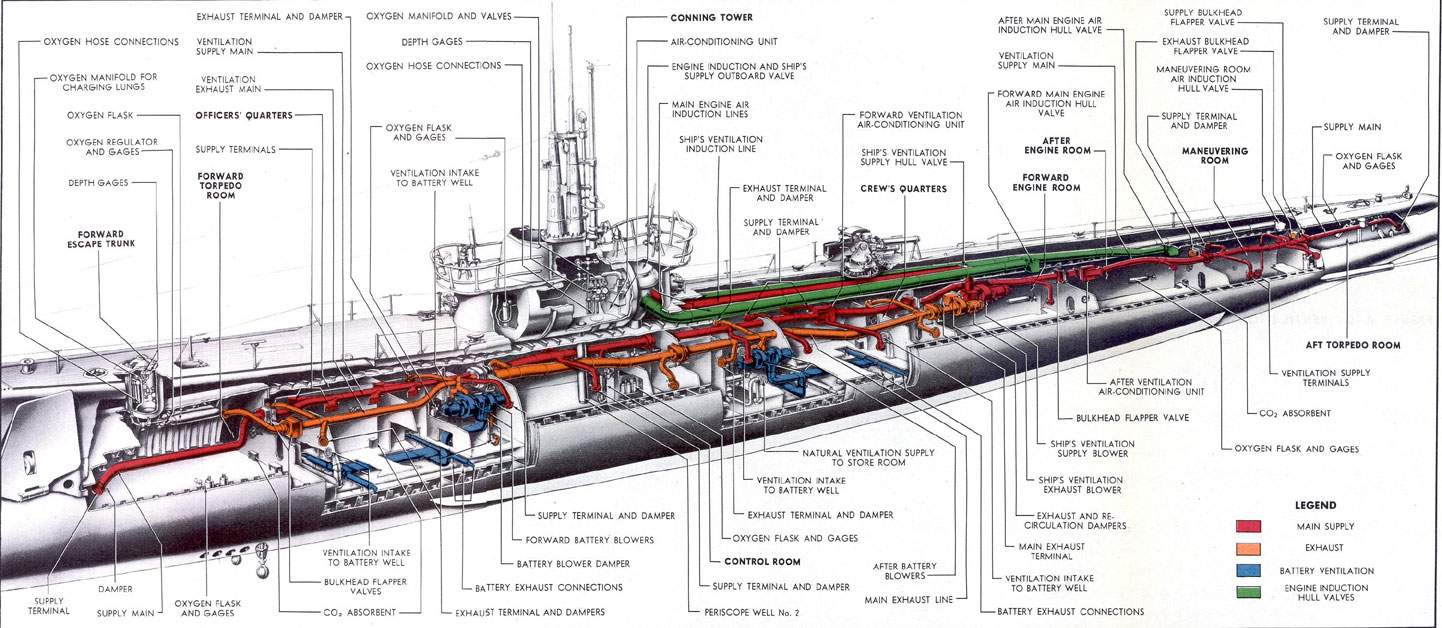

Toubia, Olivier & Simester, Duncan & Hauser, John & Dahan, Ely, 2003.Ĥ279-02, Massachusetts Institute of Technology (MIT), Sloan School of Management.Ĥ171-01, Massachusetts Institute of Technology (MIT), Sloan School of Management." Fast Polyhedral Adaptive Conjoint Estimation," Journal of Economic Psychology, Elsevier, vol. " Household preferences for energy-saving measures: A conjoint analysis," Poortinga, Wouter & Steg, Linda & Vlek, Charles & Wiersma, Gerwin, 2003." Generalized Robust Conjoint Estimation," Theodoros Evgeniou & Constantinos Boussios & Giorgos Zacharia, 2005.Manuskripte aus den Instituten für Betriebswirtschaftslehre der Universität KielĤ44, Christian-Albrechts-Universität zu Kiel, Institut für Betriebswirtschaftslehre. " Schätzgenauigkeit von Conjoint-Analysen," Rr2013034, Economy and Environment Program for Southeast Asia (EEPSEA), revised Mar 2013. " Determinants of Flash Flood Evacuation Choices and Assessment of Preferences for Flash Flood Warning Channels: The Case of Thailand," PLOS ONE, Public Library of Science, vol. " Contextual work design and employee innovative work behavior: When does autonomy matter?," Christian P Theurer & Andranik Tumasjan & Isabell M Welpe, 2018." Hierarchical Bayesian conjoint models incorporating measurement uncertainty," John Liechty & Duncan Fong & Eelko Huizingh & Arnaud Bruyn, 2008." Private Participation In Agricultural Extension In Nigeria And Benin: Determining The Willingness To Pay For Information,"Ģ005 Annual meeting, July 24-27, Providence, RIġ9401, American Agricultural Economics Association (New Name 2008: Agricultural and Applied Economics Association). Daniela & Smale, Melinda & von Oppen, Matthias, 2005. " Asymmetric preference and loss aversion for electric vehicles: The reference-dependent choice model capturing different preference directions," Kim, Junghun & Seung, Hyunchan & Lee, Jongsu & Ahn, Joongha, 2020.Renewable and Sustainable Energy Reviews, Elsevier, vol. " Consumer preferences towards alternative fuel vehicles. Kowalska-Pyzalska, Anna & Michalski, Rafał & Kott, Marek & Skowrońska-Szmer, Anna & Kott, Joanna, 2022." The Valuation of the IJmeer Nature Reserve using Conjoint Analysis,"Įnvironmental & Resource Economics, Springer European Association of Environmental and Resource Economists, vol. " Nutrition Knowledge, Sensory Characteristics and Consumers’ Willingness to Pay for Pasture-Fed Beef,"Ģ009 Annual Meeting, July 26-28, 2009, Milwaukee, WisconsinĤ9277, Agricultural and Applied Economics Association. & You, Wen & Nayga, Rodolfo M., Jr., 2009. " Predictions in conjoint choice experiments : the x-factor probit model,"ĩ6B22, University of Groningen, Research Institute SOM (Systems, Organisations and Management). The Patient: Patient-Centered Outcomes Research, Springer International Academy of Health Preference Research, vol. " Patients’ Preferences for Generic and Branded Over-the-Counter Medicines," Merja Halme & Kari Linden & Kimmo Kääriä, 2009.Review of Marketing Science Working Papers " A Probabilistic One-Step Approach to the Optimal Product Line Design Problem Using Conjoint and Cost Data," Winfried Steiner & Harald Hruschka, 2002.

These are the items that most often cite the same works as this one and are cited by the same works as this one. An empirical study using a representative sample of the German beer market shows that BDCE shows significantly higher levels of predictive validity (i.e., higher correlations with the actual market shares of the brands under investigation) than the widely used DAR method. Second, a direct attribute rating (DAR) approach which is commonly used for commercial applications of brand image measurement. International Journal of Research in Marketing, 29, 256–264 (2012). This article empirically compares the predictive validity of two measurement techniques to assess brand image: First, a brand-anchored discrete choice experiment (BDCE) which is based on a brand-anchored conjoint approach where brands serve as the levels for any attribute and which was originally introduced as ranting-based approach by Louviere and Johnson Journal of Retailing, 66, 359–382 (1990) and further extended to a BDCE by Eckert et al. To build and control a strong brand image though, brand managers require a valid procedure to measure it.

Farsky building controls driver#
The image of a brand provides a key driver of brand equity.


 0 kommentar(er)
0 kommentar(er)
